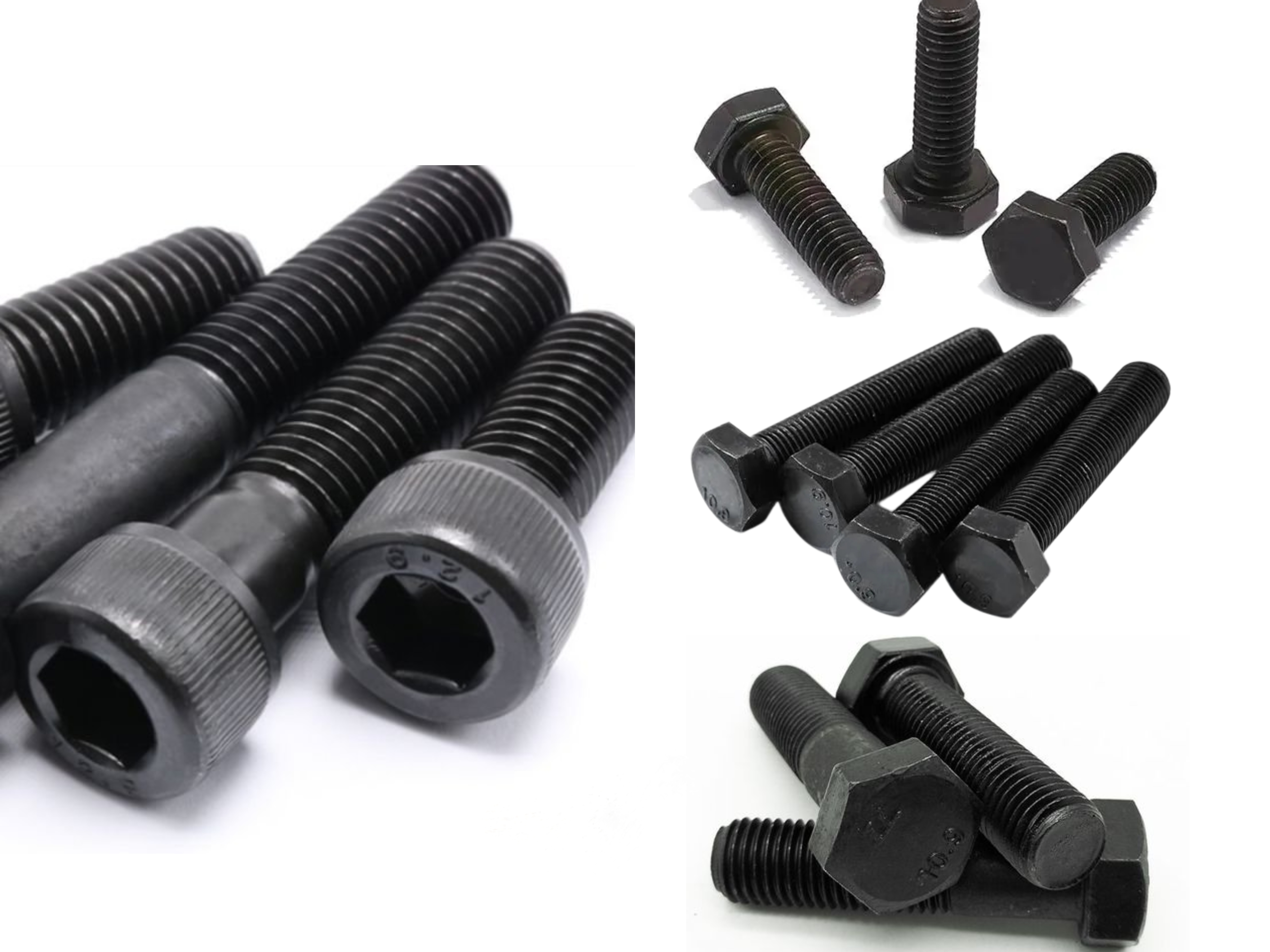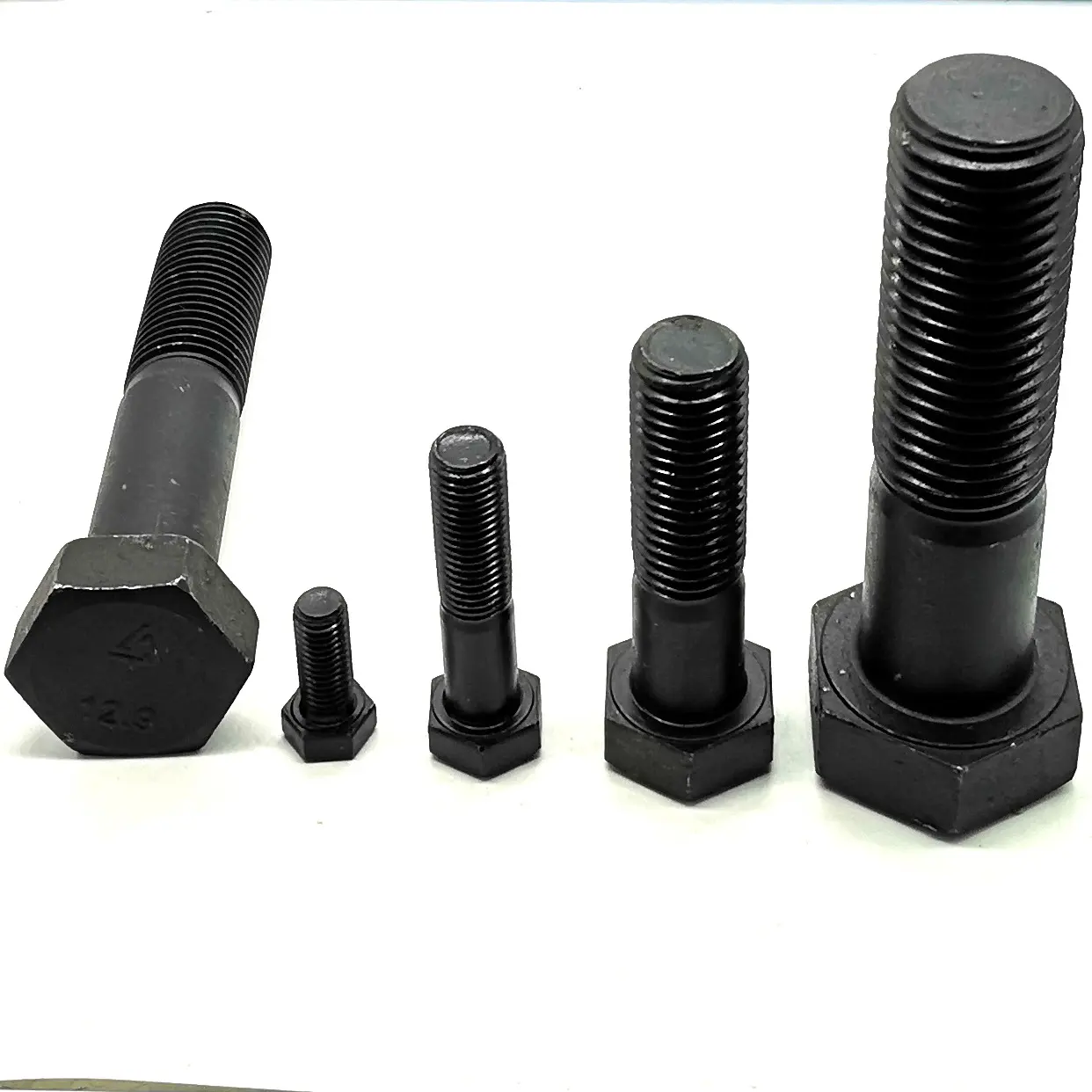From the most basic mechanical performance indicators, the nominal tensile strength of 10.9 grade high-strength bolts reaches 1000MPa, while the yield strength is calculated as 900MPa through the yield strength ratio (0.9). This means that when subjected to tensile force, the maximum tensile force that the bolt can withstand is close to 90% of its fracture strength. In contrast, the nominal tensile strength of 12.9 grade bolts has been increased to 1200MPa, and the yield strength is as high as 1080MPa, demonstrating superior tensile and yield resistance. However, in not all cases, high-grade bolts can replace low-grade bolts indiscriminately. There are multiple considerations involved behind this:
1. Cost effectiveness: Although high-strength bolts have superior performance, their manufacturing costs also increase accordingly. In situations where extreme strength requirements are not necessary, using low-grade bolts may be more economical and reasonable.
2. Protection of supporting components: During design, there is often a deliberate difference in strength between bolts and nuts to ensure longer bolt life and lower maintenance costs during disassembly and replacement. If replaced arbitrarily, it may disrupt this balance and accelerate the damage of accessories such as nuts.
3. Special process effects: Surface treatment processes such as galvanizing may have adverse effects on high-strength bolts, such as hydrogen embrittlement, which requires careful evaluation when selecting alternative solutions.
4. Material toughness requirements: In certain environments with severe alternating loads, the toughness of bolts becomes particularly important. At this point, blindly replacing high-strength bolts may lead to early fracture due to insufficient material toughness, which in turn reduces the reliability of the overall structure.
5. Safety alarm mechanism: In some special applications, such as brake devices, bolts need to break under certain conditions to trigger the protection mechanism. In this case, any substitution may lead to the failure of safety functions.
In summary, there is a significant difference in mechanical properties between high-strength bolts of grade 10.9 and grade 12.9. However, in practical applications, their selection needs to be comprehensively considered based on the specific needs of the scenario. Blindly pursuing high intensity may not only increase unnecessary costs, but also bring safety hazards. It is necessary to fully understand the performance characteristics and application limitations of various bolts, to ensure that the selected bolts can meet the performance requirements and ensure the safety and reliability of the structure.
Post time: Aug-08-2024




